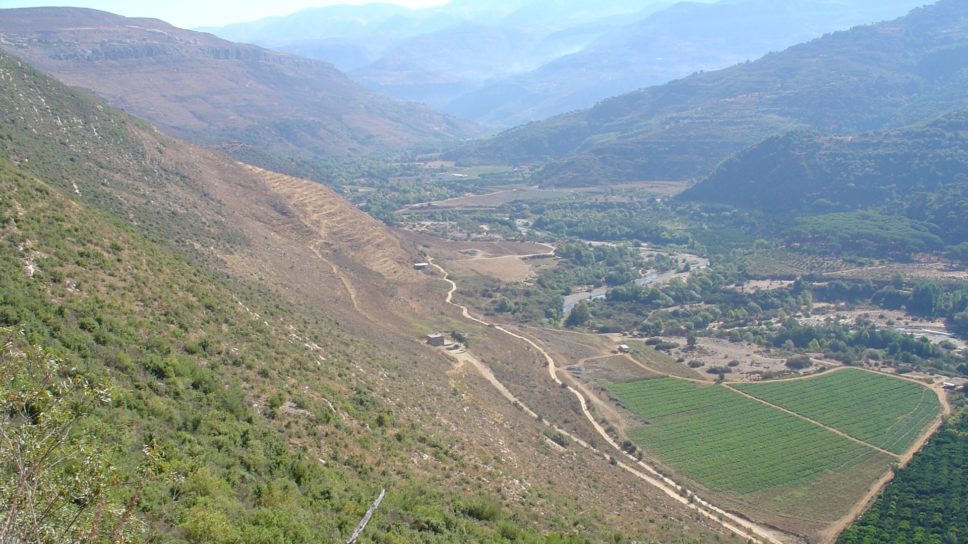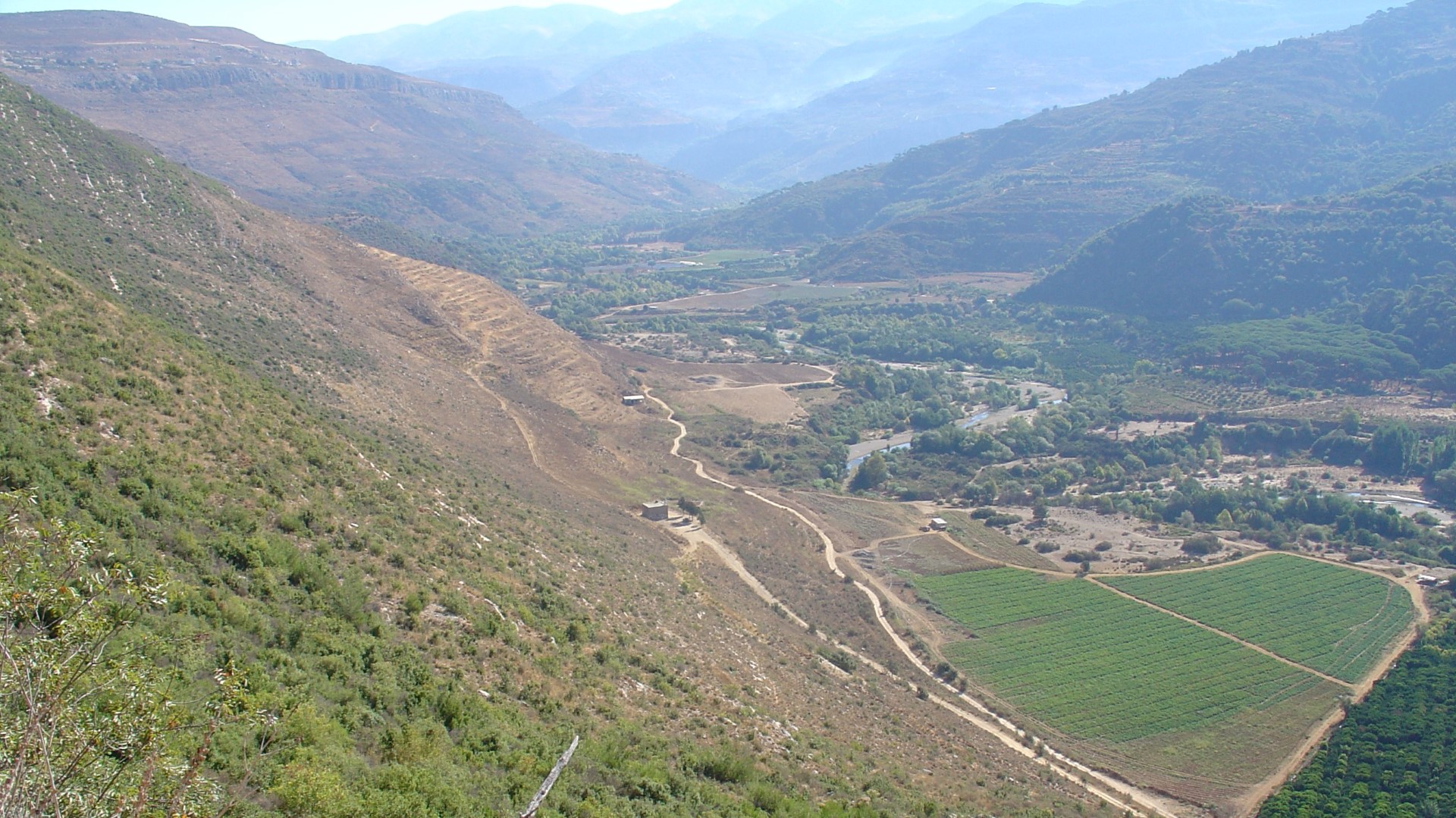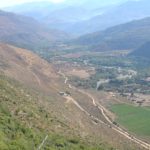Eshmoun Valley
Auali Valley
Wadi Bisri
-
Project name:
The Eshmoun Valley (Wadi Bisri) Project
-
Type of site:
Various types of sites discovered during surveys: flint workshops, villages, necropoles
Location:
Lebanon
Auali/Eshmoun Valley
In the vicinity of the modern city of Saida (ancient Sidon)Dating:
– Neolithic, 7th millennium BC (flint objects)
– Hellenistic period (pottery)
– Roman and late antique period, 3rd–7th century AD (settlements and necropoles)
– Modern period (traditional domestic architecture dated even to the beginning of the 20th century AD)
Most interesting finds:
– Neolithic flint workshops
– Rock-carved tombs from the Roman period
History of research:
Investigated by the PCMA mission in:
2004–2008
Type of research:
Survey
Directors:
Michał Neska
Krzysztof Jakubiak
Co-operating institutions:
– Polish Centre of Mediterranean Archaeology, University of Warsaw
– Direction Générale des Antiquités
Description of the site and research:
The aim of the PCMA UW mission was to survey a microregion which constituted a natural economic base of one of the most important Phoenician cities, Sidon. The Auali Valley is a typical Lebanese mountain river valley. At the mouth of the river, one of the major temples dedicated to Eshmoun (identified with Greek Asclepius and Roman Aesculapius) was located. The surveyed area was approximately 20 km long and from several hundred meters to several kilometers wide, depending on the terrain.
During the survey, numerous traces of rural settlement have been found, confirming that the area was intensively used in the past, especially from the 4th century AD to the end of antiquity. Another evidence for this were necropoles, found near most of the settlements. A distinguishing feature was the fact that all the recorded tombs were carved in rock and had numerous niches for sarcophagi. They are dated to the Roman and late Roman periods (1st–4th century AD).
Jakubiak, K. (2011). Eshmoun Valley: preliminary report after the third season of the Polish–Lebanese survey. Polish Archaeology in the Mediterranean, 20, 295–301.
Jakubiak, K., Neska, M. (2007). Eshmoun Valley: preliminary report on the second season of the survey, 2005. Polish Archaeology in the Mediterranean, 17, 431–436.
Jakubiak, K., Neska, M. (2004). Eshmoun Valley. The Eshmoun Valley survey, 2004. Interim report. Polish Archaeology in the Mediterranean, 16, 441–446.
Gallery:
-
Wadi Bisri – valley of the Asklepios river / Wadi Bisri – dolina rzeki Asklepios (Fot. K. Jakubiak)



